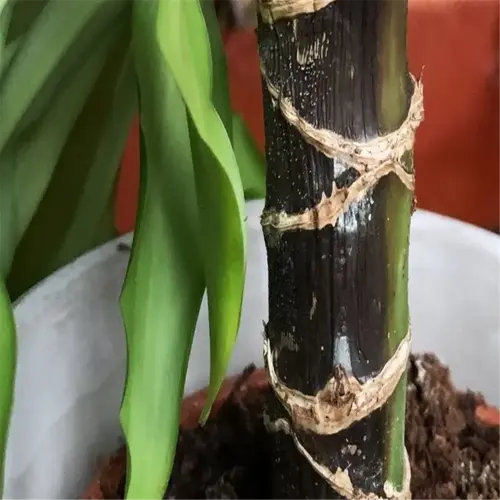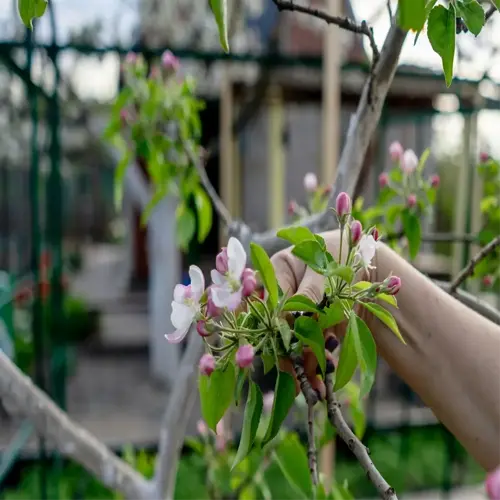Are there edible plants that grow in full shade?

Written by
Kiana Okafor
Reviewed by
Prof. Charles Hartman, Ph.D.Edible plants that require full-shade, such as mint, parsley, and wild ginger, can make dead spots in the garden productive. These plants evolved historically under canopies in forests that allowed them to survive with less than 2 hours of direct sunlight daily and have adapted to high light levels for the most part. By learning how to care for and propagate these slower-growing plants in dense shade, we can make our gardens productive again with little sunlight in summer.
Top Plant Choices
- Mint: Spreads rapidly in moist soil, harvest leaves weekly
- Parsley: Biennial crop, yields 8-10 oz per plant annually
- Wild Ginger: Edible rhizomes mature in 18-24 months
Soil Preparation
- Mix 3 inches of leaf mold for acidity (pH 5.5-6.5)
- Add 1 cup worm castings per sq ft for slow-release nutrients
- Line beds with gravel drainage layer for root rot prevention
Maintenance
- Apply fish emulsion every 6 weeks during growth phases
- Prune overhead branches to allow dappled light in winter
- Mulch with pine needles to deter slugs
Grow mint adjacent to shaded walkways where foot traffic will naturally check its spread. When the leaves are brushed against, the aroma of the crushed leaves will have a sensory garden feature of significant interest. The invasive roots of mint can be maintained with a buried plastic barrier extending 10 inches below the soil surface.
When harvesting parsley, make sure to do so in the morning when the essential oil concentrations are the highest. Using scissors, cut the outer stems to 1 inch above the soil level, and leave the center growth intact. This harvesting method maximized the parsley harvest by 30% over-harvesting randomly.
Wild ginger grows well in the shade of deciduous trees, where leaves fall to become mulch for the soil under the tree. Rhizomes should be planted 2 inches deep in the early spring, and you can mark the locations with stakes. Leaves are heart-shaped and indicate moisture levels in the soil; curling of the edges indicates that it needs more water.
Plant nasturtiums alongside shade crops to keep aphids away. Their colorful blooms attract pollinators and can be used as an edible garnish. This combination provides 40% less insect damage than planting a shade crop on its own in a full-shade environment.
Read the full article: 10 Shade Tolerant Vegetables for Your Garden

